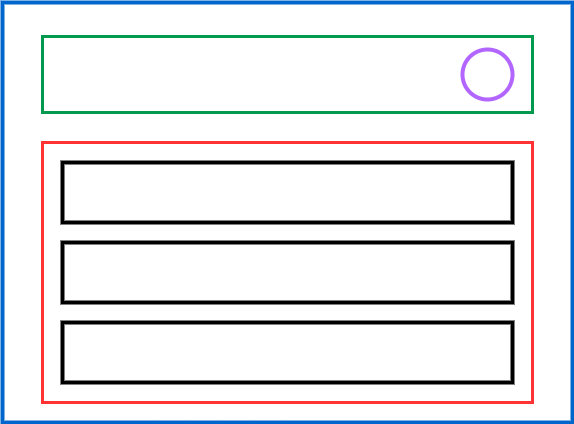-

A Comprehensive Guide to Props in React
React relies heavily on “props” to facilitate data flow between components. Props, short for properties, allow you to pass data from a parent component to…
-

Incorrect use of useEffect Example
In our playing card component, we made use of the hook useEffect. In this article, I will delve deeper into why this is an incorrect…
-

React Components Explained
React, a widely used JavaScript library for building user interfaces introduces a modular and reusable approach to web development. At the heart of React’s philosophy…
-

The Importance of Keys in React Lists
Today, I want to delve into an essential aspect of React development: the significance of keys in lists. Keys are crucial in React’s reconciliation algorithm,…
-

JavaScript Hydration: A Brief Overview
In JavaScript, hydration refers to attaching event handlers or data to a dynamically created HTML structure. It is commonly used in client-side frameworks and libraries…
-

Remove “You have mail” in the macOS terminal
Do you keep getting the “You have mail.” message when you open your terminal? There is an easy way to stop this message from happening.…
-

Avoiding Black Screens in macOS with External Monitors
When working with a Mac and an external monitor, you may encounter a frustrating problem where one monitor goes black when you put an application…
-

Unsync Do Not Disturb in iOS and macOS
In today’s interconnected world, we rely heavily on our devices to stay connected and informed. However, there are situations where we may want to selectively…
-

React Context Walkthrough
Various approaches are available regarding managing state in React applications, such as prop drilling, Redux, or MobX. However, React Context has emerged as a powerful…
-

A Quick Guide to useDebugValue Hook
The useDebugValue hook in React is a powerful tool that enables developers to enhance the debugging experience of custom hooks. By providing custom labels and…
